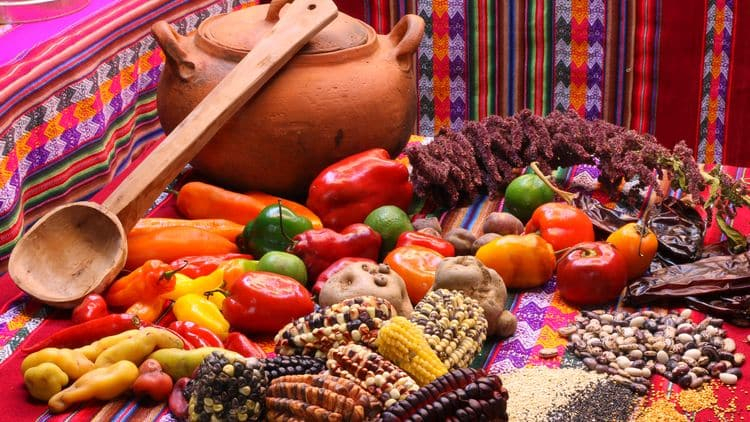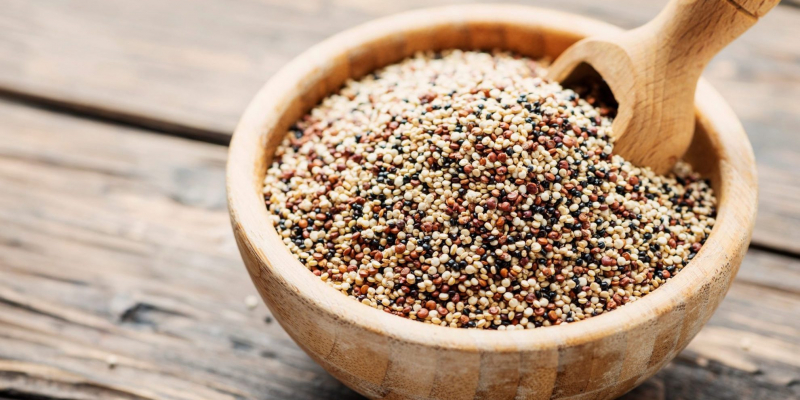The Incas Were Mostly Vegan
The Inca Empire ruled over four climate zones, resulting in a wide range of agricultural products. The Incas established a massive farming machinery in which conquered peoples' crops and animals were taken, and the people were forced to work on state-owned farms on a regular basis.
The Incas had an easy time adopting a vegan lifestyle. Their main source of animal protein was the guinea pig, or cuy in Quechua. Cuy meat was saved for rare occasions, even back then. This is still mirrored in modern-day Peruvian culture, since most Peruvians only eat guinea pig on special occasions, such as family gatherings and national festivals.
Despite the scarcity of meat protein, the Incas cultivated and gathered a diverse array of wonderful plants that we now refer to as superfoods. Potatoes were a common staple, and they could be dried or freeze-dried into chuno. Quinoa and canihua were major grains, as were the tuber's oca, mashua, and maca. Grains were pounded between stone mortars or with a pestle to prepare them. Herbs and spices, particularly chili peppers, were used to add additional flavors. The mildly alcoholic chicha, a fermented beer-like drink made by grinding maize or other plants and letting the pulp ferment for many days, was the most popular drink.












